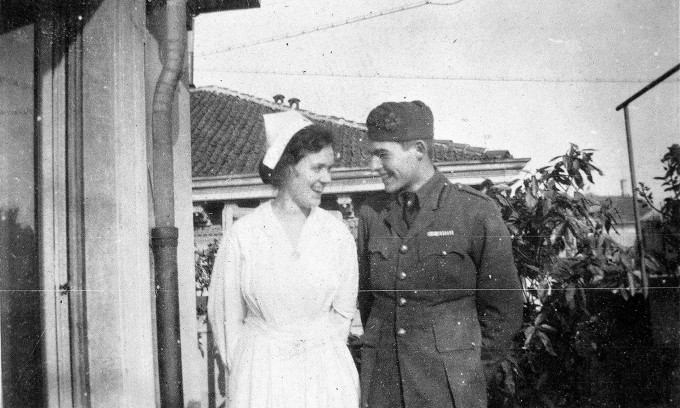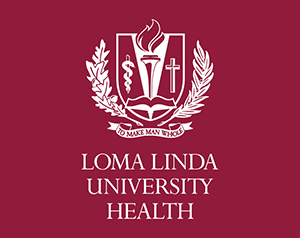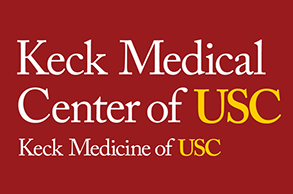Profiles In Nursing
Agnes Von Kurowsky (1892–1984), Literary Muse
The nurse who inspired Ernest Hemingway

Nurses sometimes leave a lasting impression on their patients, but seldom one as literary as Agnes Von Kurowsky, the Red Cross nurse who inspired a central character in Ernest Hemingway’s acclaimed novel A Farewell to Arms.
Wartime Duty
Born in Germantown, Pa., Agnes Von Kurowsky was the daughter of an aristocratic German immigrant (hence her surname’s “Von” prefix) and spent her childhood in rural Alaska and Vancouver, Canada. After attending high school in Washington, D.C., she went to work for the Washington Public Library, but found it dull and moved to New York City to train at Bellevue School of Nursing.
After graduating in 1917, she joined the Red Cross Nursing Service and volunteered for wartime duty. On June 15, 1918, she sailed for Europe and was soon assigned, along with 17 other nurses, to a Red Cross hospital in Milan, Italy.
Like many wartime nurses, she was initially unprepared for the gruesomeness of battlefield injuries, but she had the right temperament for the work. She could detach herself from the horror without losing her gregarious attitude. Von Kurowsky was also a flirt who broke hearts while treating wounds.
After the grind of nursing school — in her diary, she said she’d gone “practically three years without the least bit of sentiment or romance, and very little attention” — she was giddy at the romantic possibilities of her new assignment. Tall, shapely and attractive, she had her pick of suitors, including several dashing Italian officers. By her own account, she had “three serious affairs” in her first month overseas. (“I was very fickle in those days,” she later explained.)
The Boy From Illinois
One of Von Kurowsky’s patients in Milan was a young man from Oak Park, Ill., named Ernest Hemingway. Hemingway had joined the Red Cross ambulance corps after being rejected for military service, but after only five weeks in Italy, he was severely wounded by a mortar round and machine gun fire at Fossalta di Piave.












